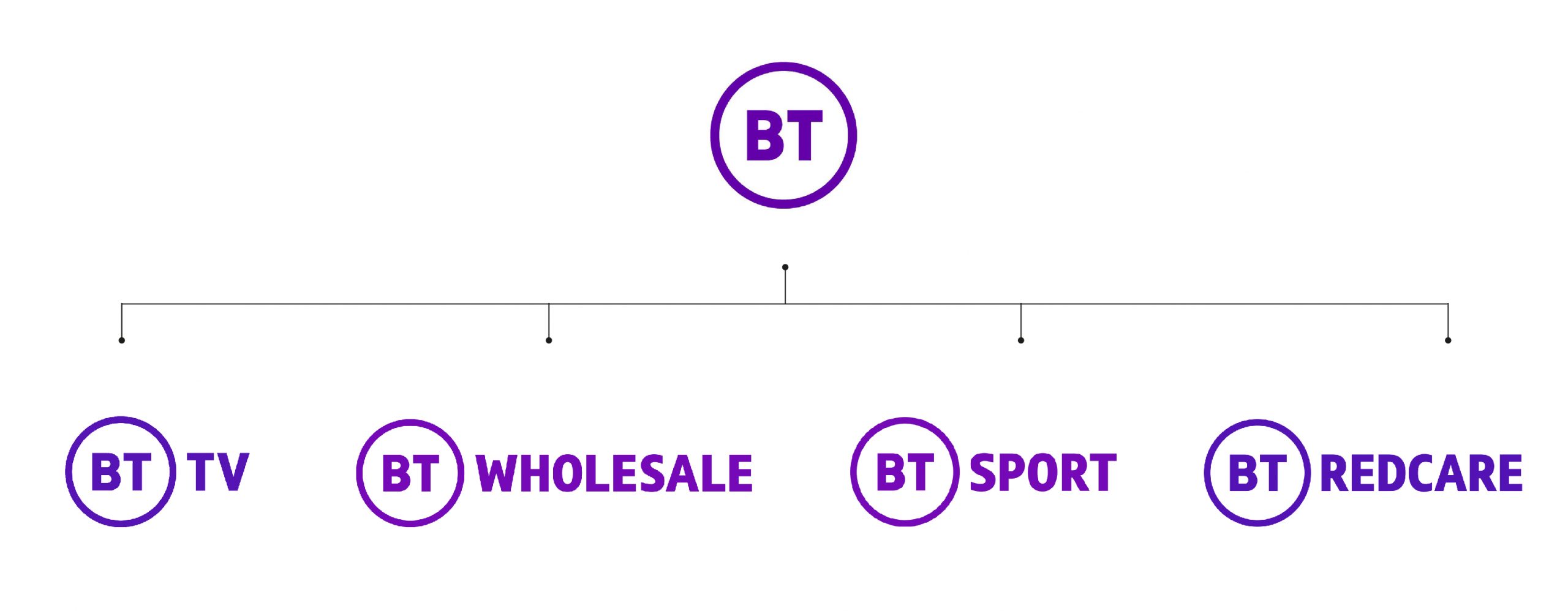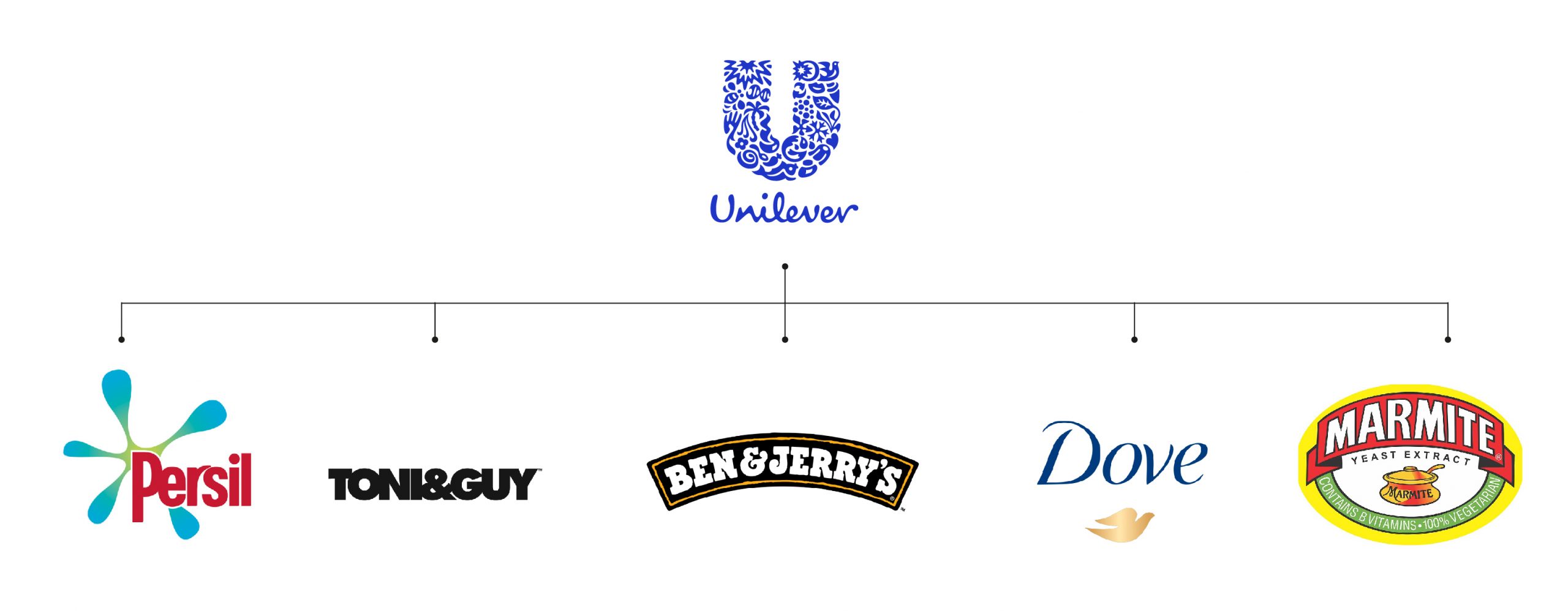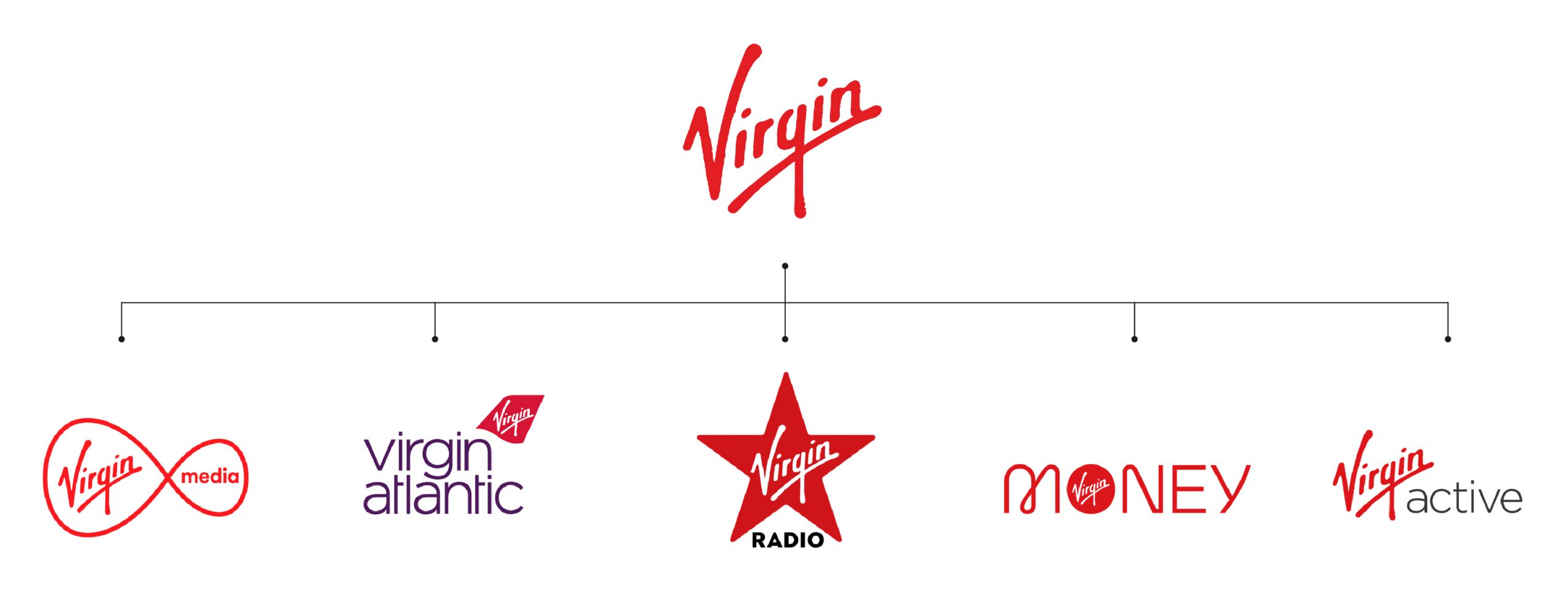Over the next six months we’re likely to see a boom in M&A activity as the economy starts to recover post-pandemic.
A lot of companies anticipated the financial fallout from the global coronavirus pandemic and have seen the size of their war chest increase. And with interest rates at a record low, we could see a rise in acquisition opportunities.
The process of a merger or acquisition can be emotional, and we often see the acquiring company going out of its way to make the acquired company feel welcome. A result of these sensitivities can sometimes see the acquired company not getting fully consolidated and it ends up operating as a stand-alone business with a brand that clashes with the new parent.
Decisions around acquired brands and their assets can be complex. The speed, efficiency and effectiveness of brand integration are critical: Acquired brands shouldn’t be left in limbo, wasting time, money, and effort. To get your acquisition adding value quickly requires a clear, step-by-step plan of action so it finds its place within your existing brand architecture.
There are three main brand architecture models: the branded house, the house of brands, and the endorsed brand. Each comes with advantages and disadvantages.
1. Monolithic brand architecture (branded house)
The branded house is characterized by a strong, single parent brand. Typically, the parent brand runs the show. All the sub-brands are subordinate to the parent brand and they will usually share the parent brand name with a qualifier to explain exactly what that sub-brand does.

2. Pluralistic brand architecture (house of brands)
The house of brands is characterized by a series of unrelated brands. It’s the opposite of a branded house in that there’s a parent brand but it’s not reflected in the sub-brands in an obvious way. Often the parent brand is in the background, overshadowed by one or more of its sub-brands.

3. Endorsed brand architecture (endorsed)
The endorsed brand meets in the middle of the other two. Sub-brands will have a clearly defined market presence but benefit from the visibility of the parent brand.

The need for brand architecture is not limited to giant corporations. Any company that has an appetite for future growth will need a brand architecture strategy.
The benefits of having a clear brand strategy
Consistency
Consistency builds trust and confidence. The credibility of your company is dependent on delivering a high-quality and consistent offering. This credibility must be translated into a brand architecture that is easy to understand and immediately identifiable. Being consistent will also build confidence among your company’s stakeholders.
Communication
Every company has a story to explain, but sometimes the compelling aspects of the story are hidden. Organising your brands gives you the opportunity to tell why you’ve built your company — why you came together in the way you did, what unique capabilities you’ve developed and what unites you.
Cross-selling
When you clearly articulate your story, you’re able to express the full value of your combined brands — how they complement each other. That makes it easier to cross-sell between the different businesses.
Culture
Communicating the vision of the brand internally is an opportunity to energise and engage your team around a sense of purpose. Creating an inclusive culture will help get your team on board and will improve your entire offering.
How can we help?
Moving to a new type of brand architecture isn’t something to be taken lightly, as it can involve everything from a new messaging strategy to redirecting old and outdated websites. However, the benefits of building a consistent architecture are considerable.
It often takes someone from the outside to help a company tell its story. We can work as an impartial observer, asking important questions and making strategic recommendations.


